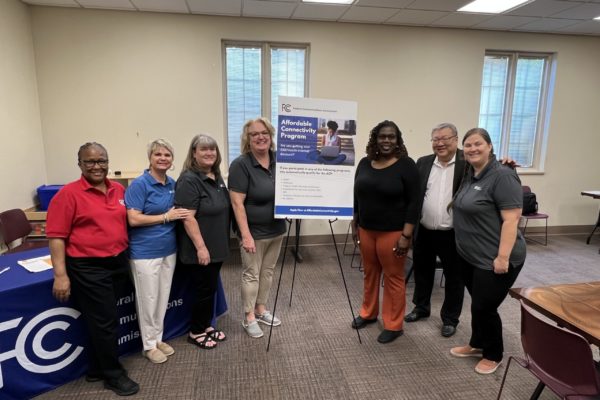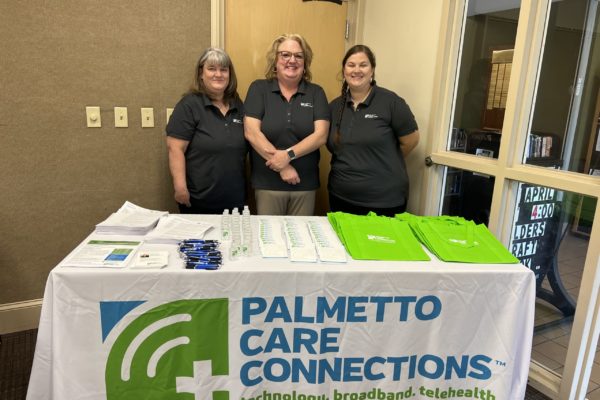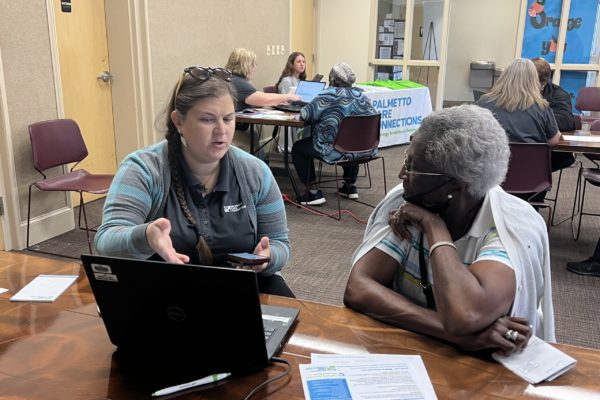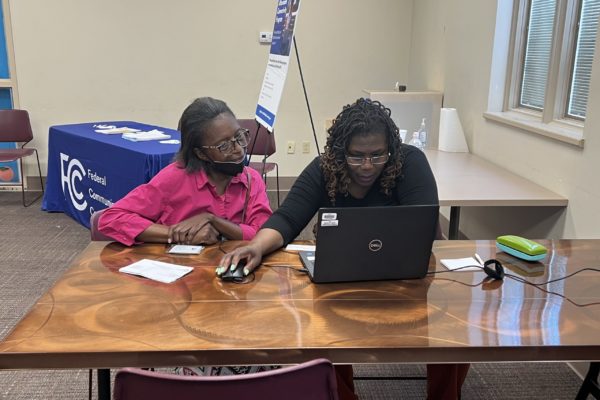Source: mHEALTH INTELLIGENCE
Medicaid coverage of telehealth was linked to increases in telehealth use and care access before the COVID-19 pandemic hit, but private insurance coverage was not.
Medicaid coverage of telehealth services between 2013 and 2019 was associated with significant increases in telehealth use and healthcare access, but private insurer coverage of telehealth during the same period was not similarly linked to increases in use and access, a recent study shows.
Published in Health Services Research, the study examined the association between state Medicaid and private insurer telehealth coverage requirements, telehealth use, and healthcare access. Researchers analyzed survey data from the 2013-2019 Association of American Medical Colleges Consumer Survey of Health Care Access. The respondents included 4,492 Medicaid-enrolled and 15,581 privately insured adults under 65.
Researchers conducted separate analyses on Medicaid and private insurer telehealth coverage requirements. The primary outcome was the use of live video communication in the past year, and secondary outcomes included same-day appointments, being able to always get needed care, and having enough options for receiving care.
Click here to continue reading…






